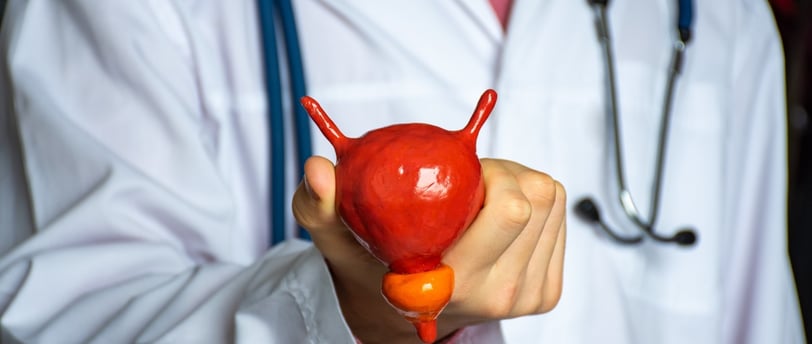Biology's Guardian: The Prostate Gland
The Role of the Prostate Gland in Men's Health
BIOLOGY
7/4/20162 min read


Introduction:
The male reproductive system is an intricate network of organs and structures that work harmoniously to facilitate the creation of life. In this exploration, we embark on a journey to decode the complexities of the male reproductive system, understanding its anatomy, functions, and the crucial role it plays in human reproduction.
Anatomy of the Male Reproductive System:
At the heart of the male reproductive system lies the pair of testes, suspended outside the body in the scrotum. These small organs are responsible for producing sperm cells and secreting testosterone, the primary male sex hormone. The epididymis, located on the posterior surface of each testis, acts as a storage and maturation site for sperm.
Connected to the testes is the vas deferens, a duct that transports mature sperm to the urethra during ejaculation. The seminal vesicles and prostate gland contribute seminal fluid to nourish and transport sperm, collectively forming semen. The bulbourethral glands, although small, add a final touch to semen, ensuring optimal conditions for sperm survival.
Functions of the Male Reproductive System:
The primary function of the male reproductive system is to produce, transport, and deliver sperm to the female reproductive system during sexual intercourse. Simultaneously, it plays a crucial role in the production and release of hormones, particularly testosterone, which influences secondary sexual characteristics and supports overall male health.
The male reproductive system also interacts with the female reproductive system during fertilization. Sperm, introduced into the female reproductive tract, navigates its way to the egg for fertilization, initiating the development of a new life.
Regulation of Male Reproductive Function:
The intricate dance of hormones governs the male reproductive system. The hypothalamus releases gonadotropin-releasing hormone (GnRH), stimulating the pituitary gland to release follicle-stimulating hormone (FSH) and luteinizing hormone (LH). FSH and LH, in turn, regulate the functions of the testes, influencing sperm production and testosterone secretion.
Common Issues and Concerns:
Despite the robust design of the male reproductive system, various issues can affect its functionality. Conditions such as erectile dysfunction, infertility, and testicular disorders may arise, impacting both reproductive health and overall well-being. Regular check-ups and prompt medical attention are crucial in addressing and managing these concerns.
Conclusion:
In unraveling the dynamics of the male reproductive system, we gain a profound appreciation for its complexity and significance in the continuity of life. From the intricate anatomy to the delicate hormonal orchestration, each component plays a vital role in the overall functionality of this remarkable biological system. Understanding the nuances of the male reproductive system not only fosters awareness but also encourages proactive health measures, ensuring the well-being of individuals and the potential for future generations.
Please note: The information provided in this article is for educational and informative purposes only. It is essential to consult with healthcare professionals for personalized advice.
Important Disclaimer:
Before taking any actions, including making purchases through the links in our blog, or if you are considering any health-related activities, please read this important information. We strongly advise you to consult with specialists and medical professionals before taking any steps. Your health is of paramount importance, and the responsibility for it lies entirely with you. Remember to be responsible for yourself and your health!
Important Information | About Us | Contact Us | Privacy Policy | Terms and Conditions | 2014-2025 VirilityMastery.com All Rights Reserved ©
